Noob Factory Rolex Replica
Rolex Replica Daytona Uses The Zenith Movement; What’s Going On?
Daytona is Rolex’s “flagship” sports model, and everyone is familiar with it. Daytona has always been Rolex’s most valuable watch from ancient times. The current sale price exceeds the public price; the discontinued model has increased in value; the antique model has broken the auction record. Many players like Rolex know that Daytona used Zenith EL PRIMERO automatic chronograph movement for a long time. Why does Daytona use the Zenith chronograph movement? Let me talk about it today.
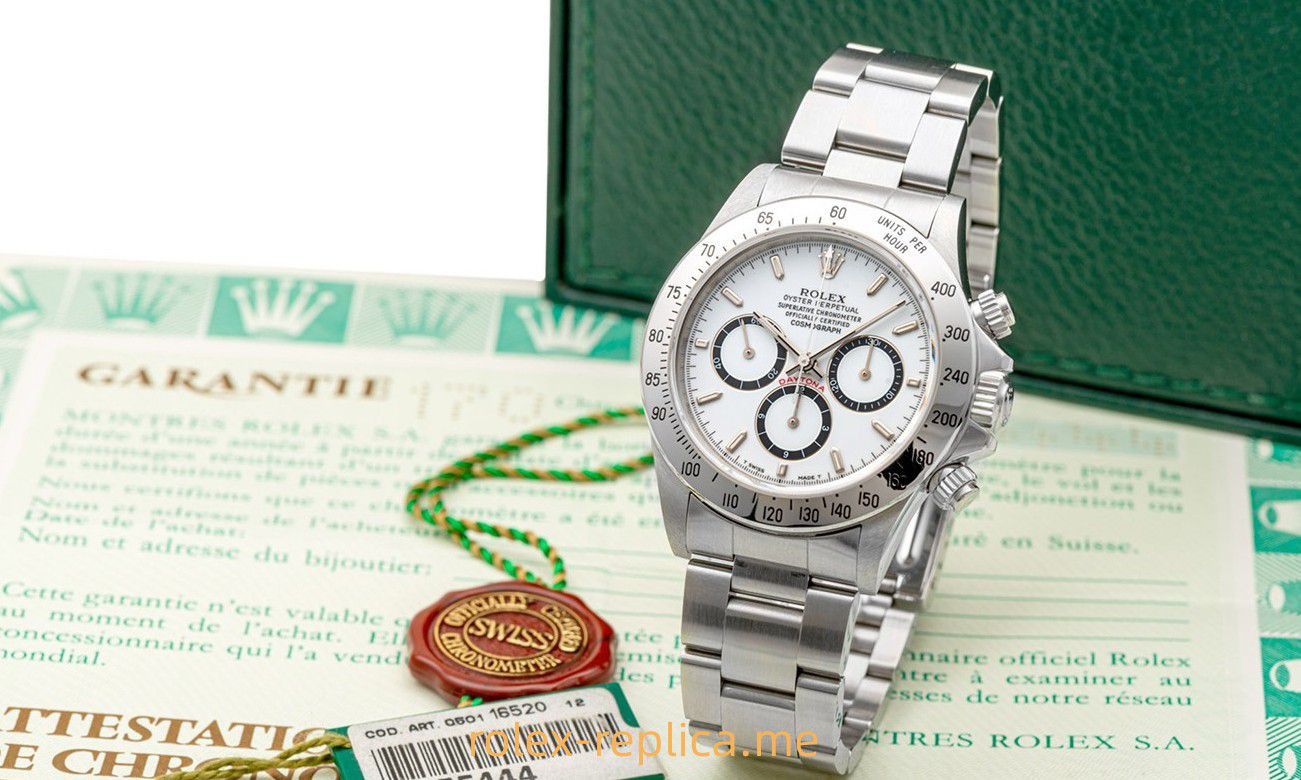
Rolex Daytona 16520 uses caliber 4030, Rolex’s improved Zenith EL PRIMERO automatic chronograph movement.
Rolex’s first automatic movement, the Daytona
Rolex Daytona was born in 1964. Until 1988, it was a manual clock that used the Valjoux 72 manual winding chronograph movement for a long time. After Zenith, TAG Heuer-Breitling Alliance, and Seiko launched self-winding chronograph movements in 1969; various automatic clocks began to appear in the 1970s.
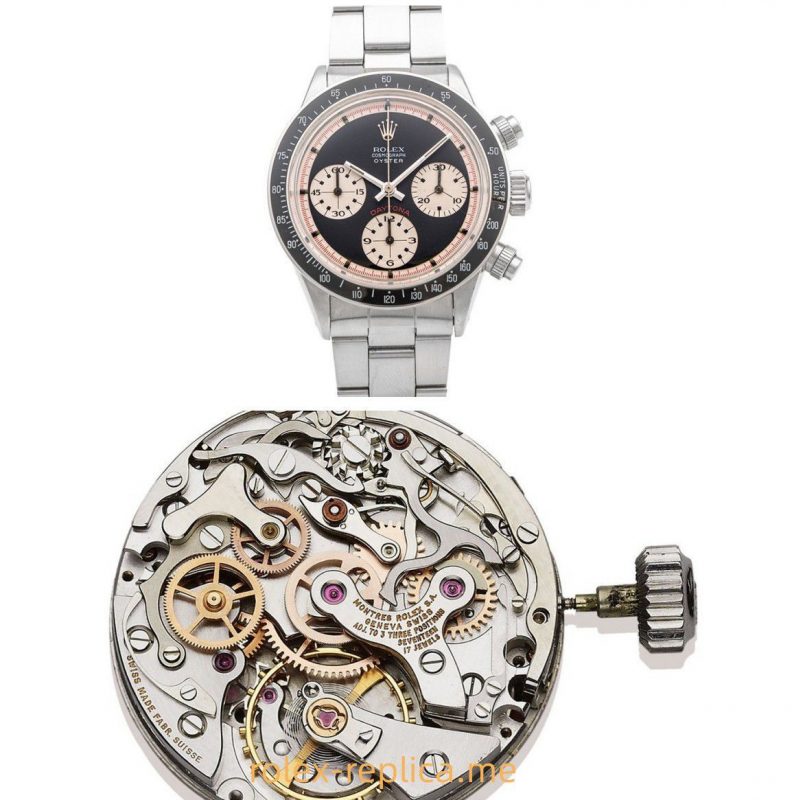
Rolex manual Daytona Paul Newman (top) and the Valjoux 72 manual chronograph movement that Rolex Daytona has used for a long time (bottom).
Tudor, a subsidiary of Rolex, launched the first Tudor chronograph using a self-winding chronograph movement in 1976. Tudor used the 7750 chronograph movement from Valjoux (ETA later acquired Valjoux, now ETA 7750). As everyone knows, 7750 is luxury watches’ most common universal automatic chronograph movement. It uses a cam and swing gear clutch with a simple and durable structure. Tudor has no problem using 7750, but due to Rolex’s positioning, Rolex cannot use 7750. Therefore, Rolex was in a situation where no “core” was available long ago. Swiss models replica watches.
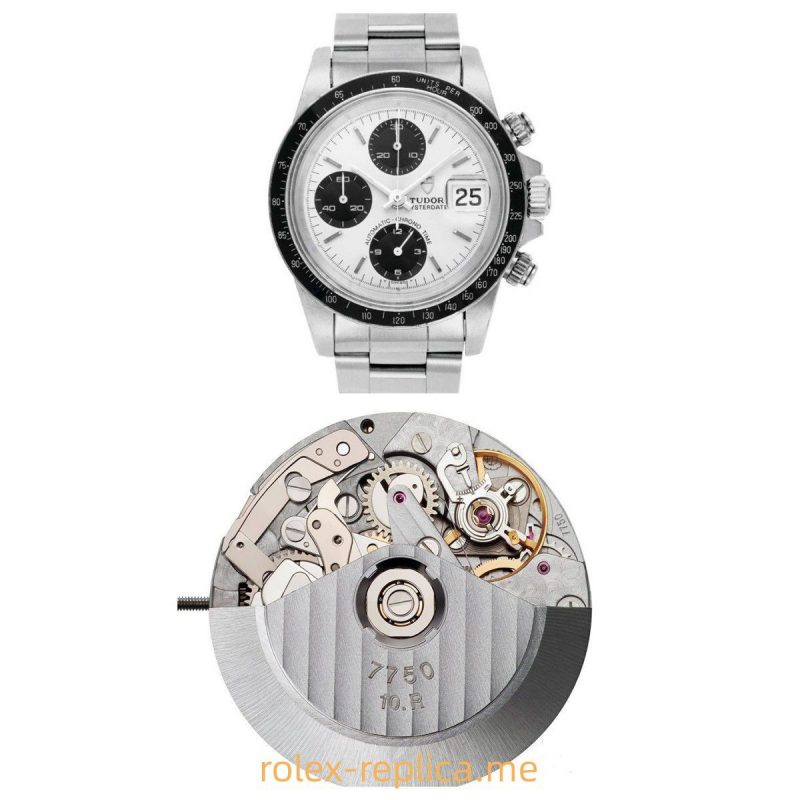
Tudor (top) and Valjoux/ETA 7750 chronograph movement (bottom) historically used the ETA 7750 automatic chronograph movement.
The reason why there is no movement available is precisely because, in the 1970s, quartz watches were popular, and many watch factories stopped the production of mechanical movements and produced quartz movements. For example, Zenith stopped making EL PRIMERO chronograph movements in the 1970s (1972) and switched to quartz movements. Initially, there were very few mechanical automatic chronograph movements at that time. With the current discontinuation of production, there are no high-end involuntary chronograph movements for Rolex replica Daytona.
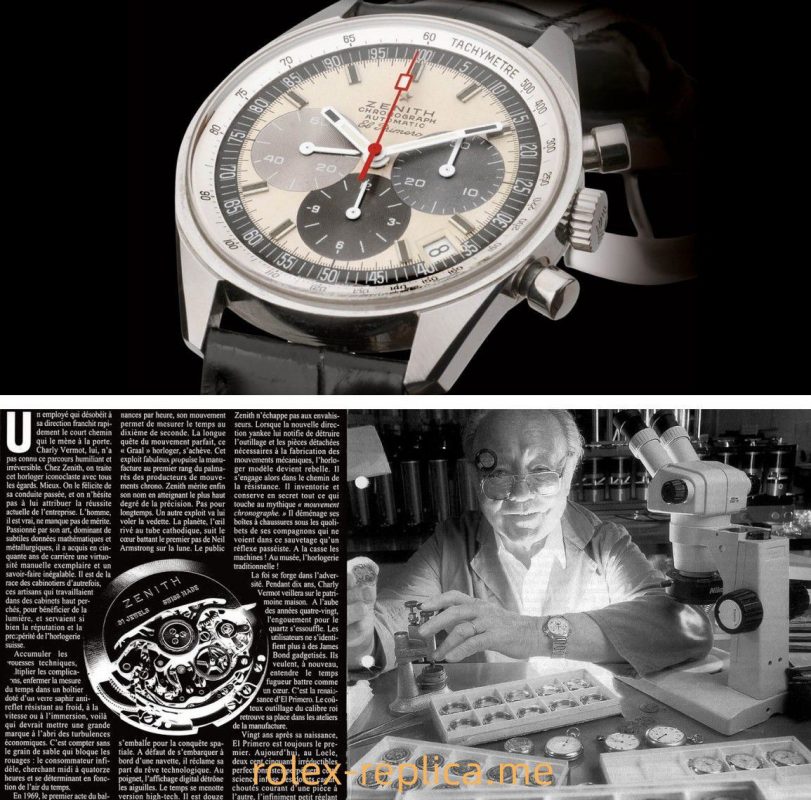
Reports on the historical Zenith EL PRIMERO chronograph and Charles Vermot’s protection of the EL PRIMERO chronograph movement.
But things took a turn for the better when Zenith arrived. When Zenith stopped producing the EL PRIMERO chronograph movement, Zenith’s head office originally asked the Zenith watch factory to destroy all equipment, including the production equipment and molds for the EL PRIMERO chronograph movement. However, a Zenith employee named Charles Vermot secretly preserved the drawings, production equipment, and molds of the EL PRIMERO chronograph movement (Zenith officially has a lot of introductions and publicity about this period of history; you can see it). It is precisely because of these preserved EL PRIMERO chronograph movement drawings and equipment that in the 1980s when Rolex planned to launch the Daytona with an automatic chronograph movement, only Zenith could quickly resume production of EL PRIMERO and came up with it. The automatic chronograph movement is available for Rolex. Many other watch factories have lost the ability to produce mechanical movements because of the production of quartz watches. They cannot pay them for a while if they want to make mechanical movements. This way, Rolex Daytona began using Zenith EL PRIMERO automatic chronograph movement.
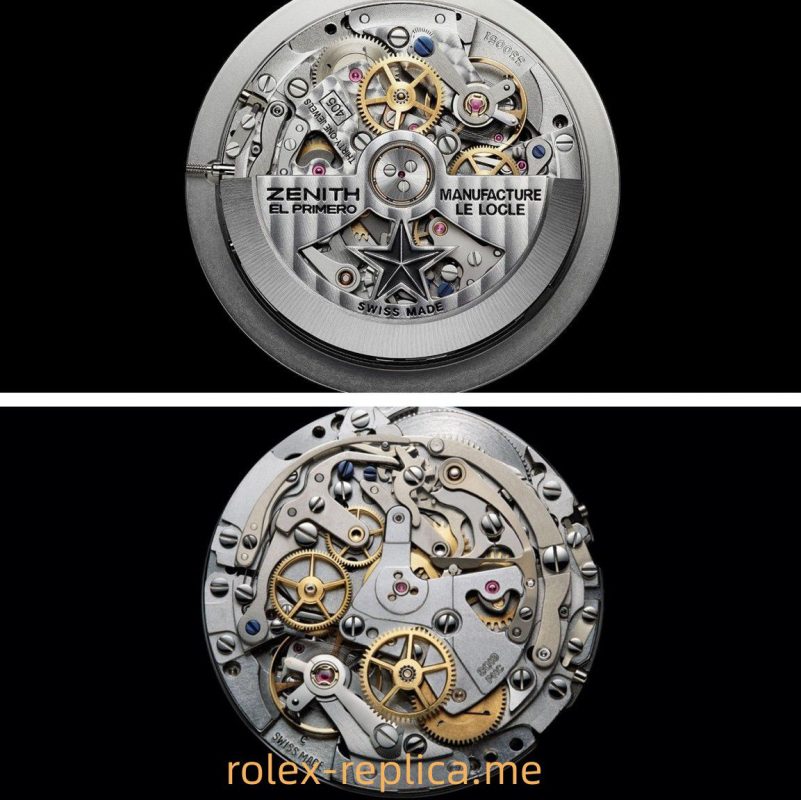
Zenith EL PRIMERO automatic chronograph movement. The picture below shows the EL PRIMERO automatic chronograph movement without the automatic rotor.
The Zenith EL PRIMERO chronograph movement is a self-winding automatic chronograph that uses a cylindrical wheel and a horizontal clutch. The combination of a cylindrical wheel and flat clutch is a configuration of high-end chronograph movement characterized by a high frequency of 36,000. Considering both technology and aesthetics, it matches the positioning of a luxury timepiece like the Rolex Daytona. Since 1986, Rolex has begun to improve the Zenith EL PRIMERO chronograph movement. Information shows that Rolex has made as many as 200 improvements to the EL PRIMERO movement. The most intuitive thing is that we all know that Rolex lowered the swing frequency of EL PRIMERO from 36,000 to 28,800, with 52 hours of power and 31 jewel bearings; removed the calendar function of EL PRIMERO; and replaced it with Rolex’s card-free weights. Fine-tuning the balance wheel; replacing Rolex’s Breguet-style end-winding hairspring to replace EL PRIMERO’s original flat hairspring, etc. Rolex named the improved EL PRIMERO movement the 4030 automatic chronograph movement. And in 1988, Rolex launched the Daytona 16520 (165XX series Daytona) using the 4030 movement.
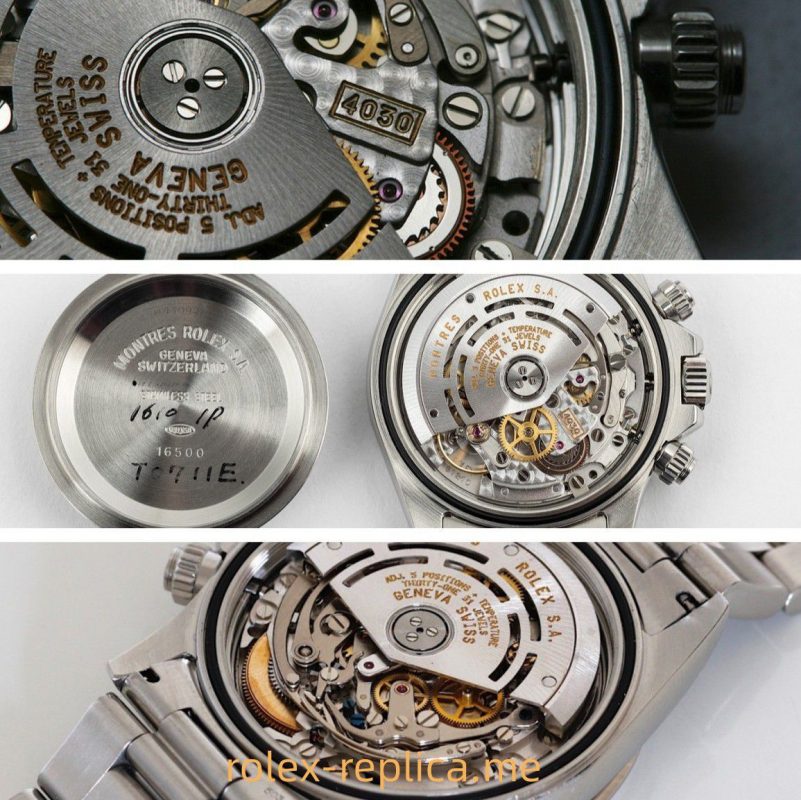
Rolex improved the Zenith EL PRIMERO chronograph movement and launched the 4030 chronograph movement.
The appearance of Rolex Daytona 16520 is the same as the current Daytona 116520 and 116500. Compared with the previous manual Daytona, the size of the Rolex Daytona 16520 was increased to 40 mm (and remains today) and uses a sapphire mirror. Until Rolex’s self-produced 4130 automatic chronograph movement came out in 2000 (the 4130 movement has a cylindrical wheel and a vertical clutch), the Daytona 116520 using the self-produced 4130 movement was launched.
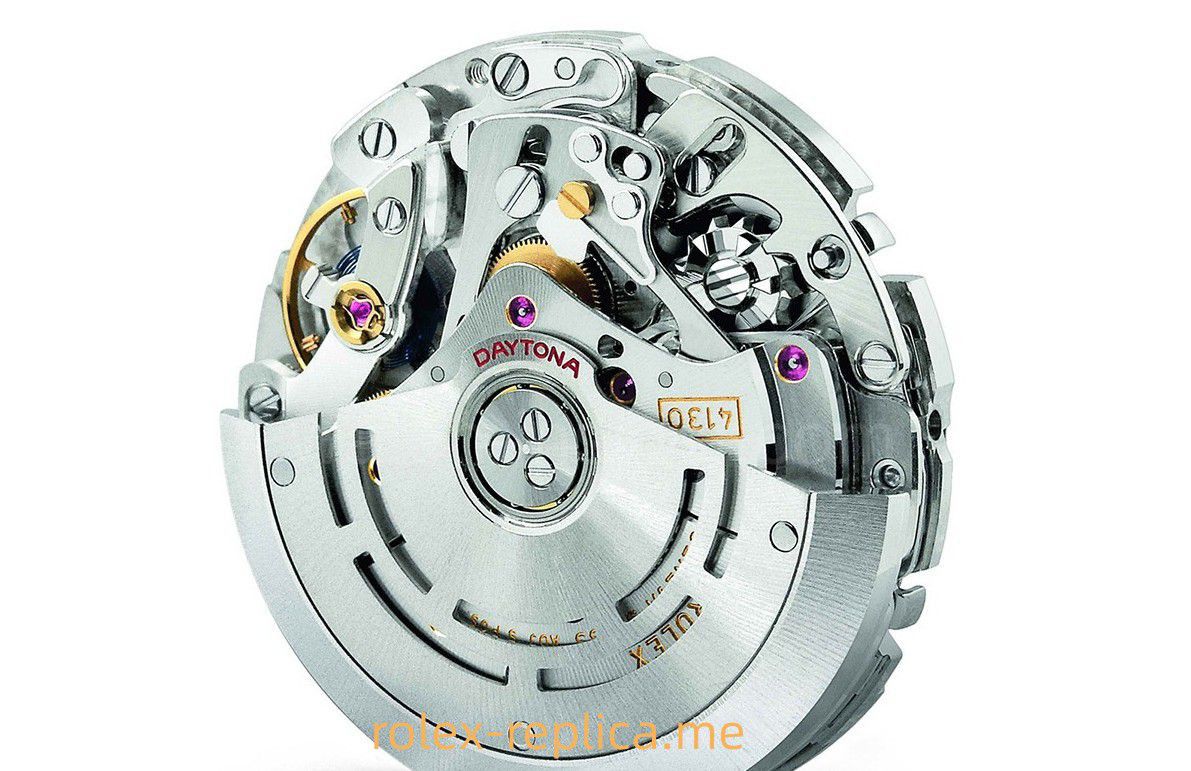
Rolex now uses the self-produced 4130 automatic chronograph movement.
How do you identify a Daytona that uses a Zenith movement?
Rolex used the Zenith EL PRIMERO movement from 1988 to 2000. Although the Rolex Daytona 16520 using the Zenith movement has long been discontinued, a small number of Daytona 16520 is still in circulation in the secondary market. Identifying a Zenith Daytona is straightforward: looking at the watch’s dial. Since the layout of the Zenith EL PRIMERO movement (4030 movement) is different from the current Rolex self-produced 4130 campaign, the small seconds dial of the Zenith Daytona 16520 is at 9 o’clock. The small seconds dial of Rolex’s self-produced 4130 movement Daytona 116520/116500 is at 6 o’clock. Look at the position of the small seconds dial and identify it at a glance.
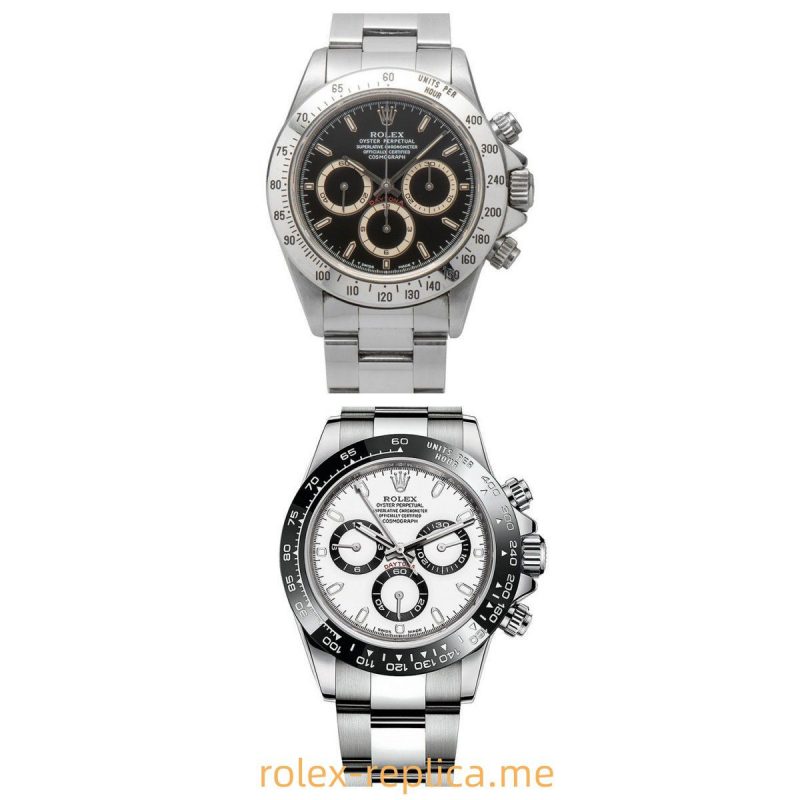
Rolex Daytona 16520 (top) and the Daytona 116500 are currently on sale (bottom); the small seconds dial of the Zenith caliber 16520 is at 9 o’clock.
The Rolex Daytona 16520, using the Zenith EL PRIMERO movement, was also divided into batches in the early and late stages during the 12 years of production. Different sets of Daytona 16520 have some differences in details, which can be roughly identified by production period. The most detailed classification divides Rolex Daytona 16520 into five batches, introducing much information.
One thousand nine hundred eighty-eight batch: 5 lines of characters on the dial, COSMOGRAPH on the dial, far away from the four lines of characters on the top, obviously separated; the number 6 on the 12-hour counter below the dial is upside down, much like 9; below the dial is T SWISS MADE T.
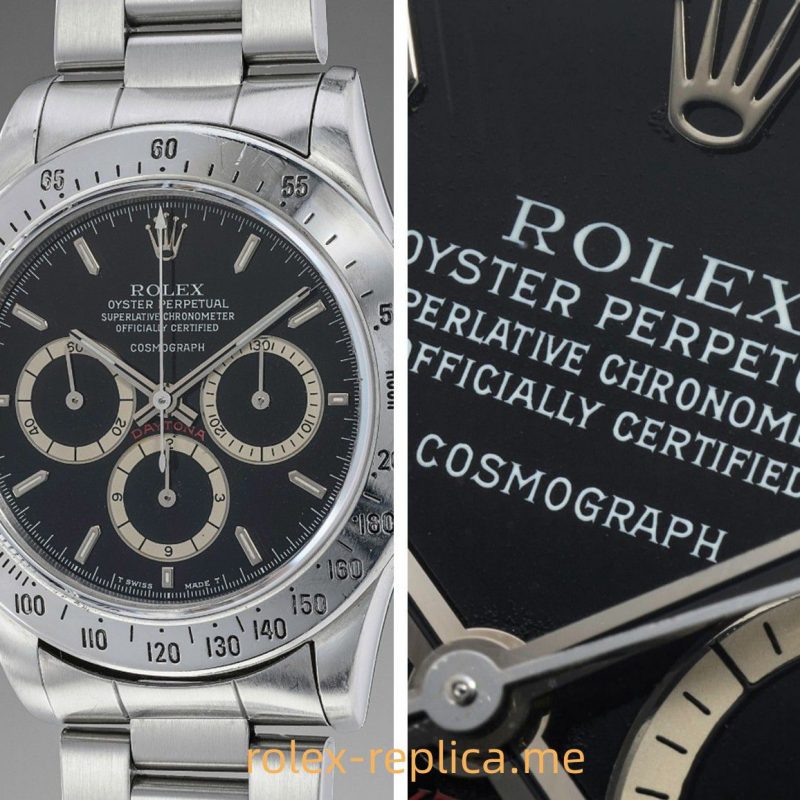
1988 batch, Daytona 16520.
1989 to 1990 batch: There are four lines of words on the dial, and there is no line of words OFFICIALLY CERTIFIED (official certification) on the dial; the number 6 on the 12-hour counter below the dial is upside down, much like 9; below the dial is T SWISS MADE T.
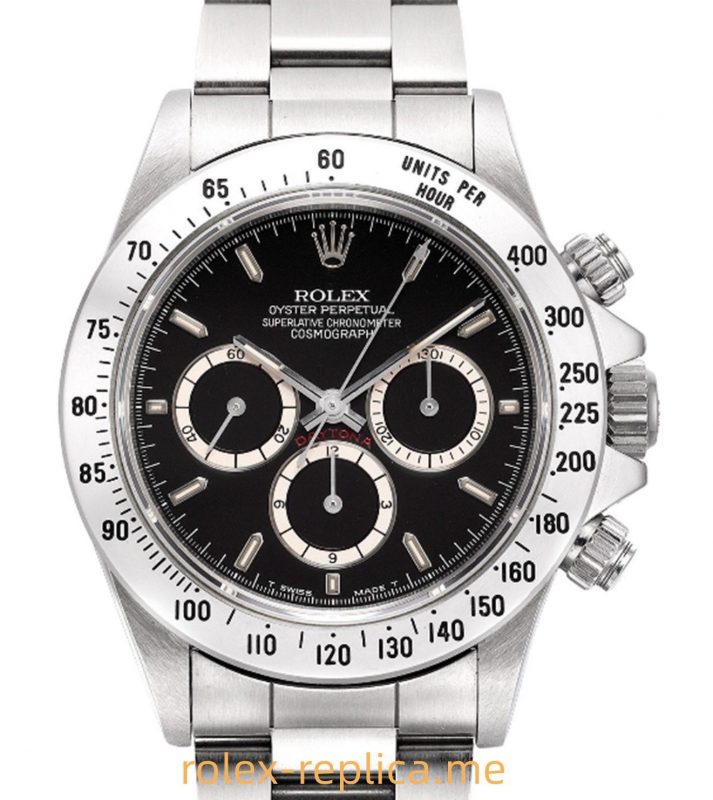
Batch 1989 to 1990, Daytona 16520.
Batch 1991 to 1993: There are five lines of characters on the disk, and the word OFFICIALLY CERTIFIED (official certification) has been restored; the number 6 on the 12-hour counter below the disk is upside down, much like 9; below the disk is T SWISS MADE T.
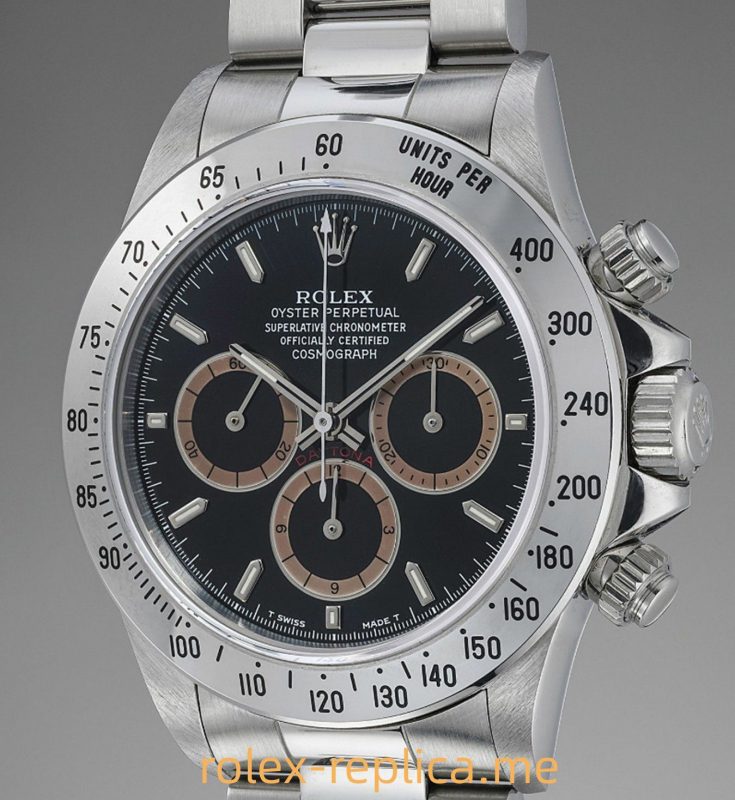
Batch 1991 to 1993, Daytona 16520.
Batch 1993 to 1998: 5 characters on the dial; the number 6 on the 12-hour counter below the dial becomes positive, which is six at a glance; T SWISS MADE T is written below the dial.
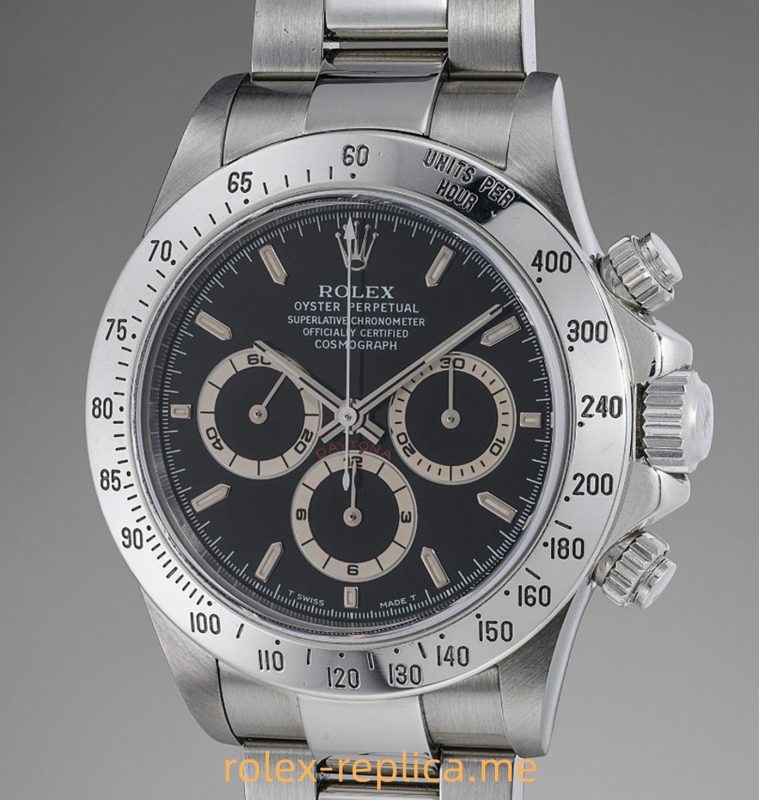
Batch 1993 to 1998, Daytona 16520.
Batch 1998 to 2000: 5 characters on the dial; the number 6 on the 12-hour counter below the dial becomes positive, and it is six at a glance; the bottom of the dial says SWISS MADE, without the T.
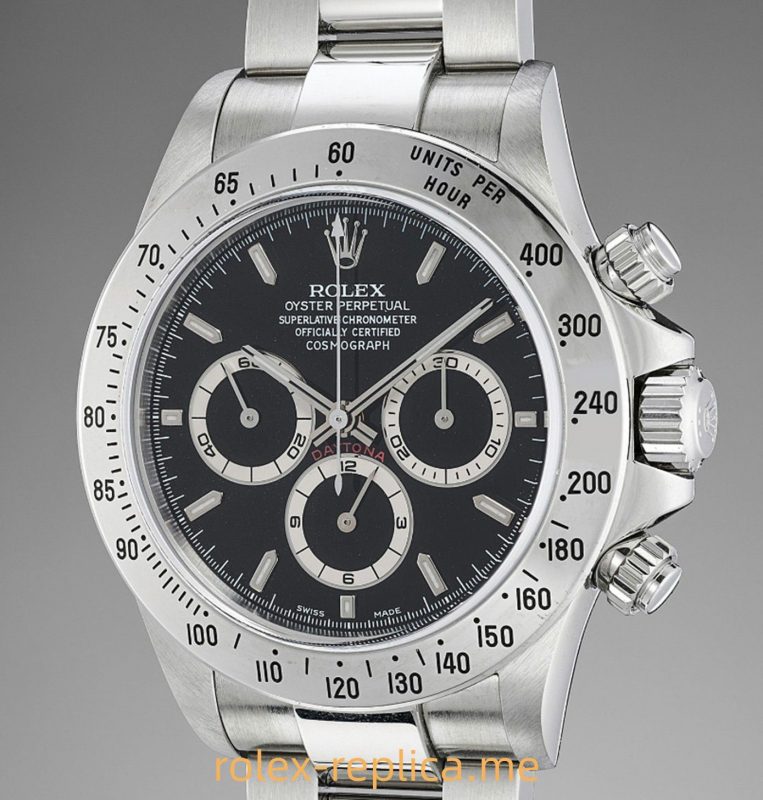
Batch 1998 to 2000, Daytona 16520.
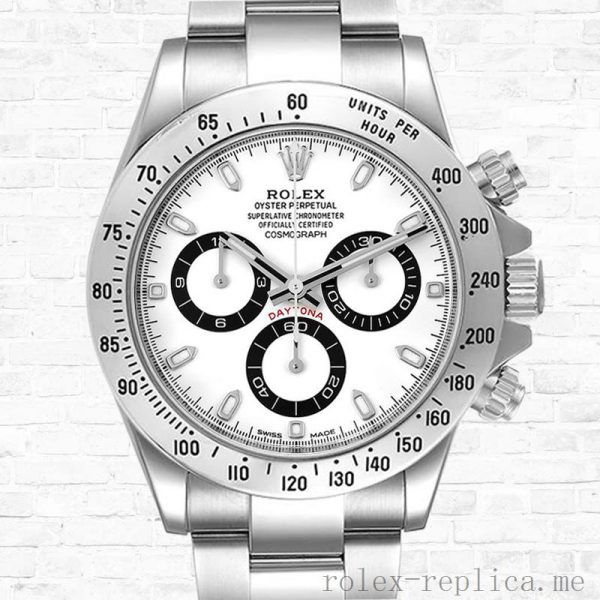
Gender: Men’s
Dial Color: White Dial
Engine: Rolex Calibre 7750/Mingzhu Engine
Brand: Rolex
Model: 116520
Band Width: 20mm
Case Thickness: 15mm
Band Length: 18cm
Series: Daytona
